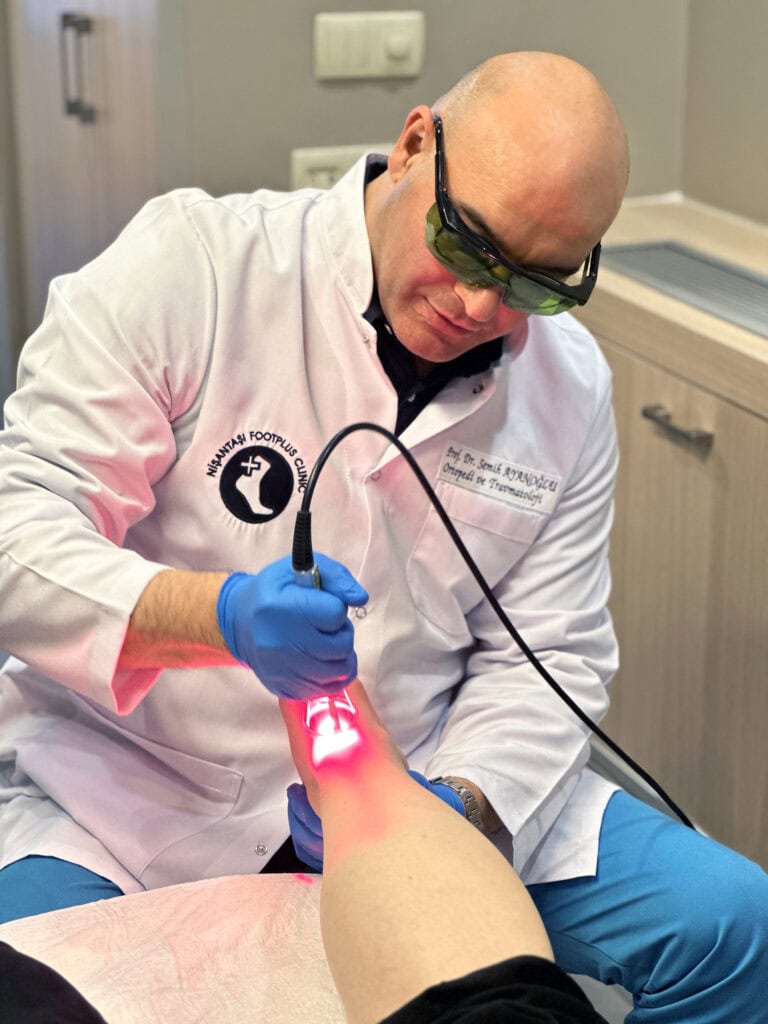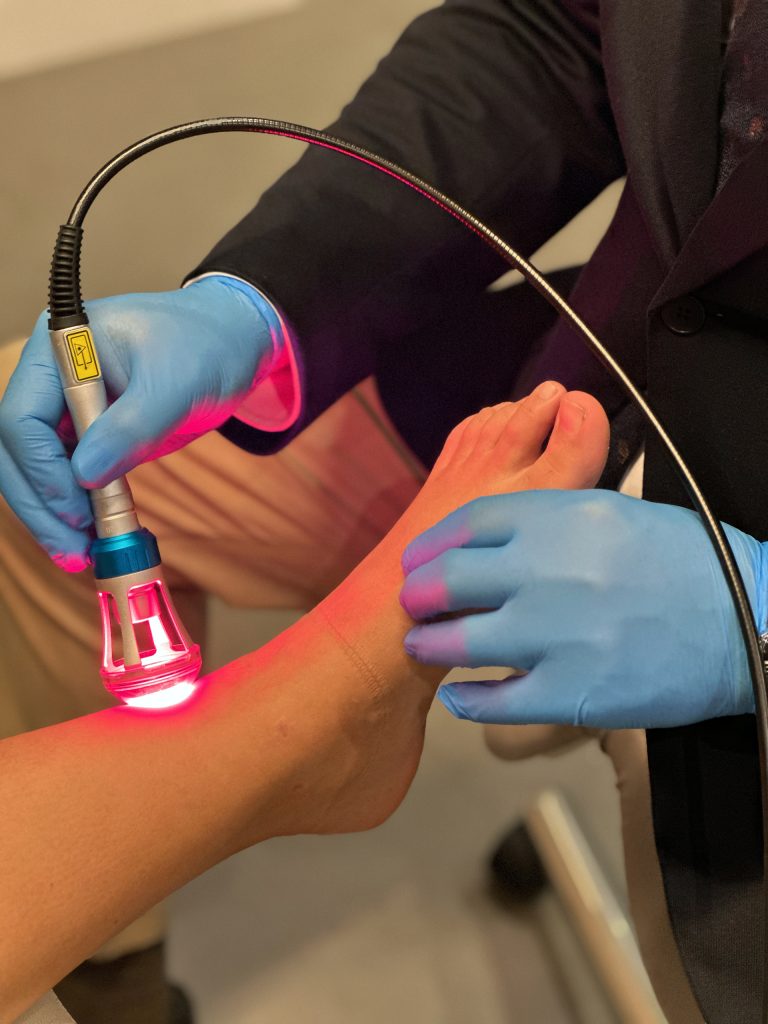FootPlus Clinic Hallux Valgus Video
In this video, your doctor clearly explains what Hallux Valgus is and how it’s treated:
Understanding Hallux Valgus: Causes, Symptoms, and Treatments
Hallux valgus, commonly known as a bunion, is a prevalent foot deformity affecting millions worldwide. This condition can lead to pain, discomfort, and difficulty wearing shoes, impacting daily life activities. At FootPlus Clinic, we specialize in diagnosing and treating hallux valgus, ensuring our patients regain comfort and mobility.
What is Hallux Valgus?
Hallux valgus is characterized by a lateral deviation of the big toe, causing a bony bump on the side of the foot. It is often accompanied by pain and can lead to other foot deformities if left untreated.
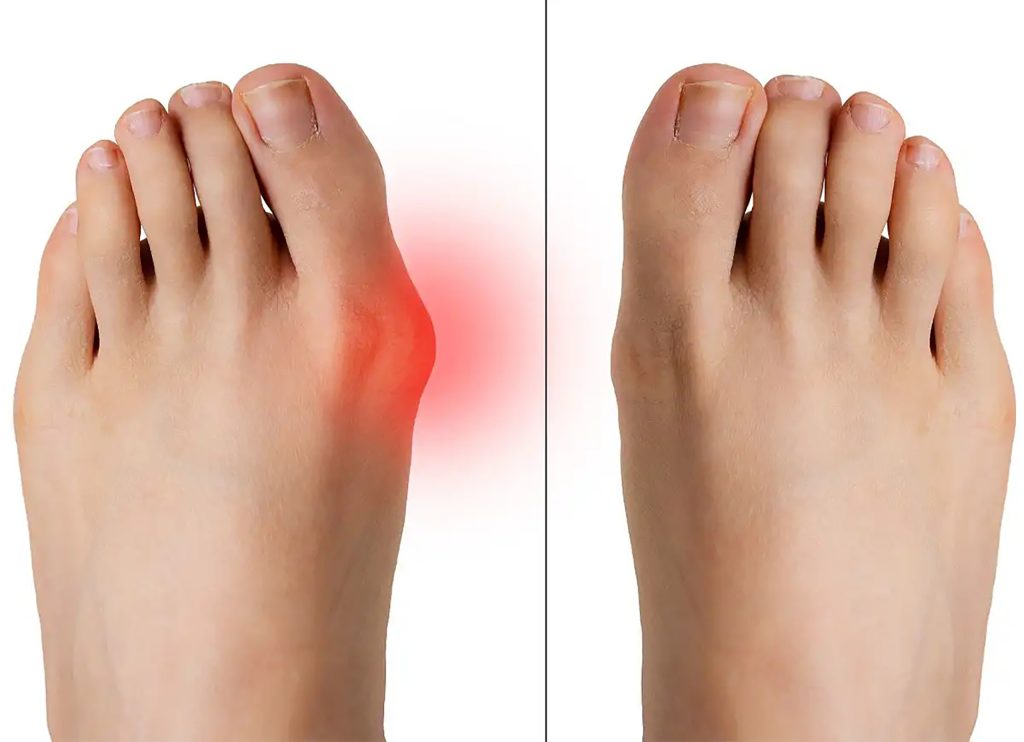
Prevalence:
Causes and Risk Factors:
Symptoms:
Diagnosis:
A thorough physical examination and radiological assessments are essential for diagnosing the severity of hallux valgus. At FootPlus Clinic, we categorize the condition into three stages based on the Hallux Valgus Angle (HVA) and Intermetatarsal Angle (IMA):
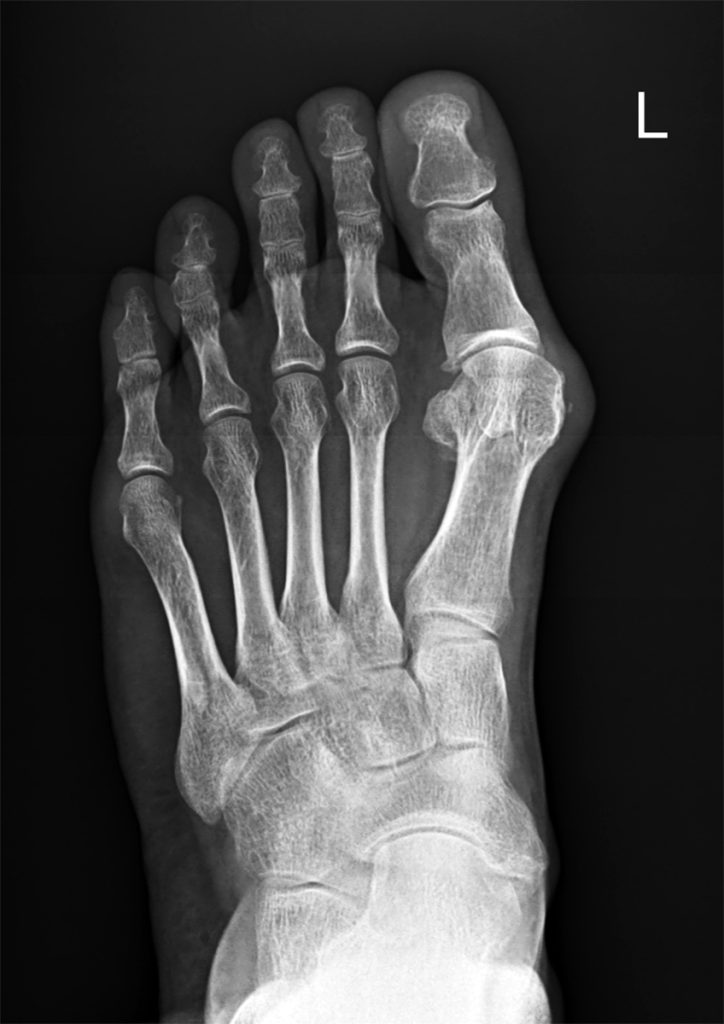
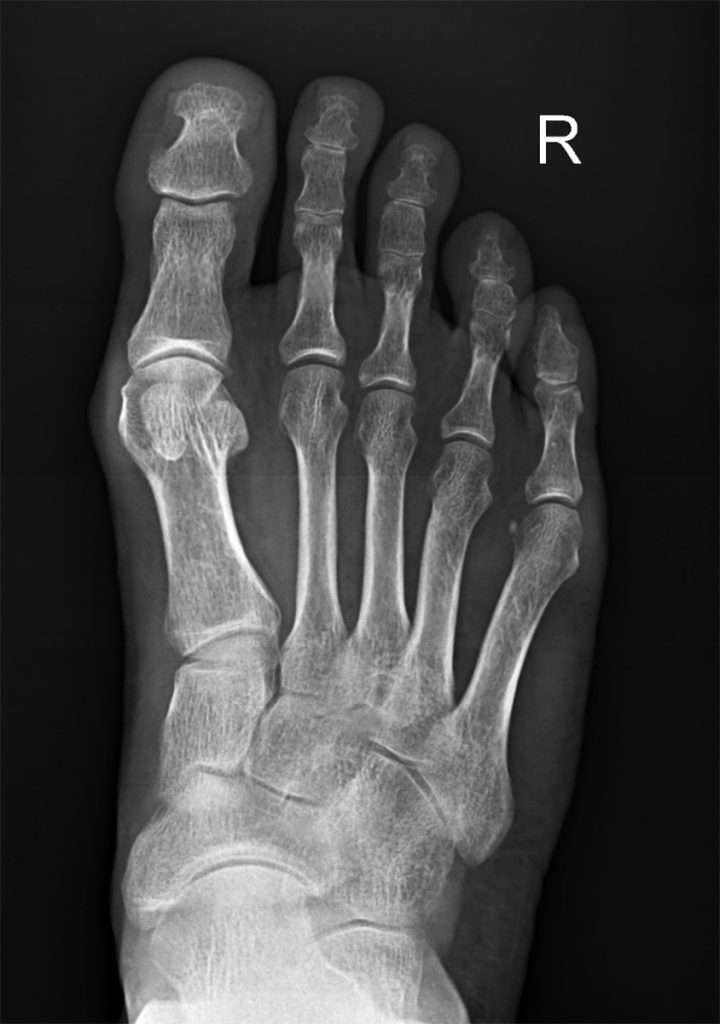
Treatment Options:
Conservative Management:
- Early-stage interventions focus on exercises and orthotics to restore muscle and soft tissue balance.
- For flatfoot, insoles and Achilles stretching exercises are recommended.
Surgical Options:
- Minimal Invasive Foot and Ankle Surgery (MIFAS): Suitable for moderate cases.
- Open Surgical Techniques: Utilized for severe deformities, ensuring a healthy foot structure is restored.
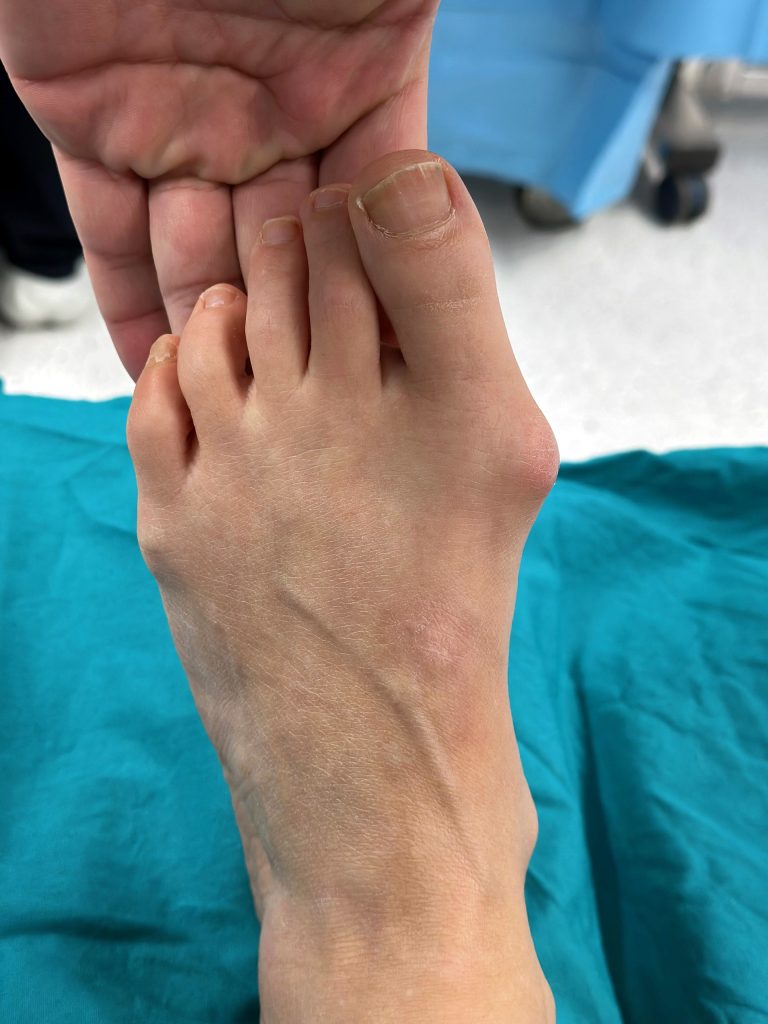
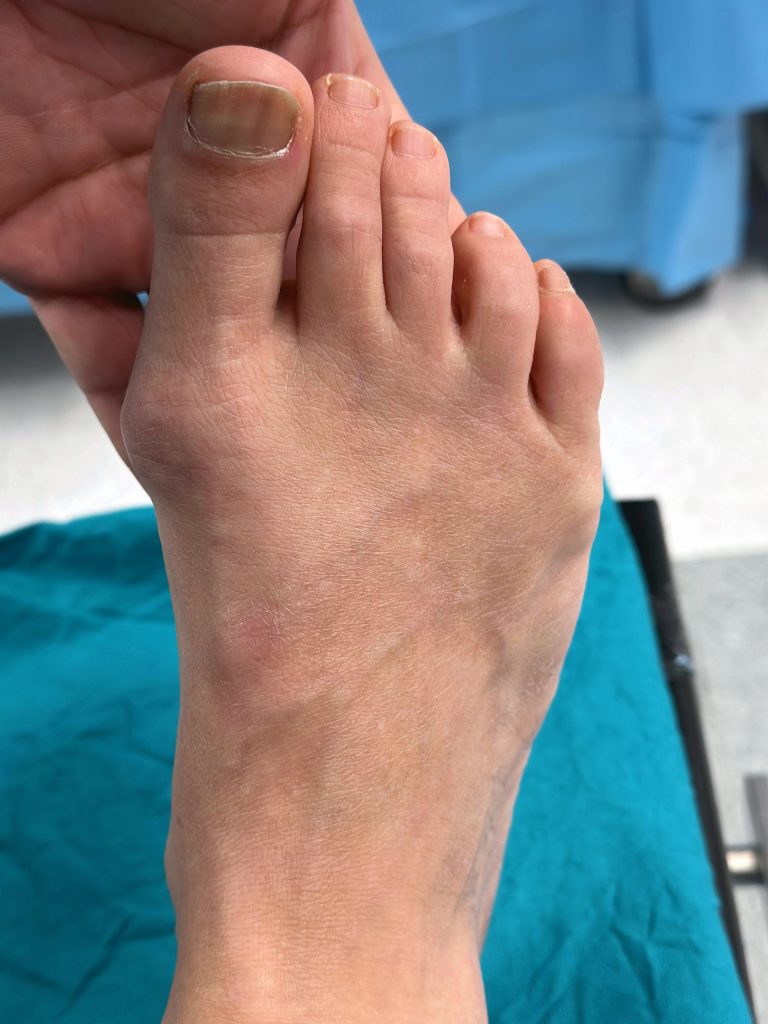
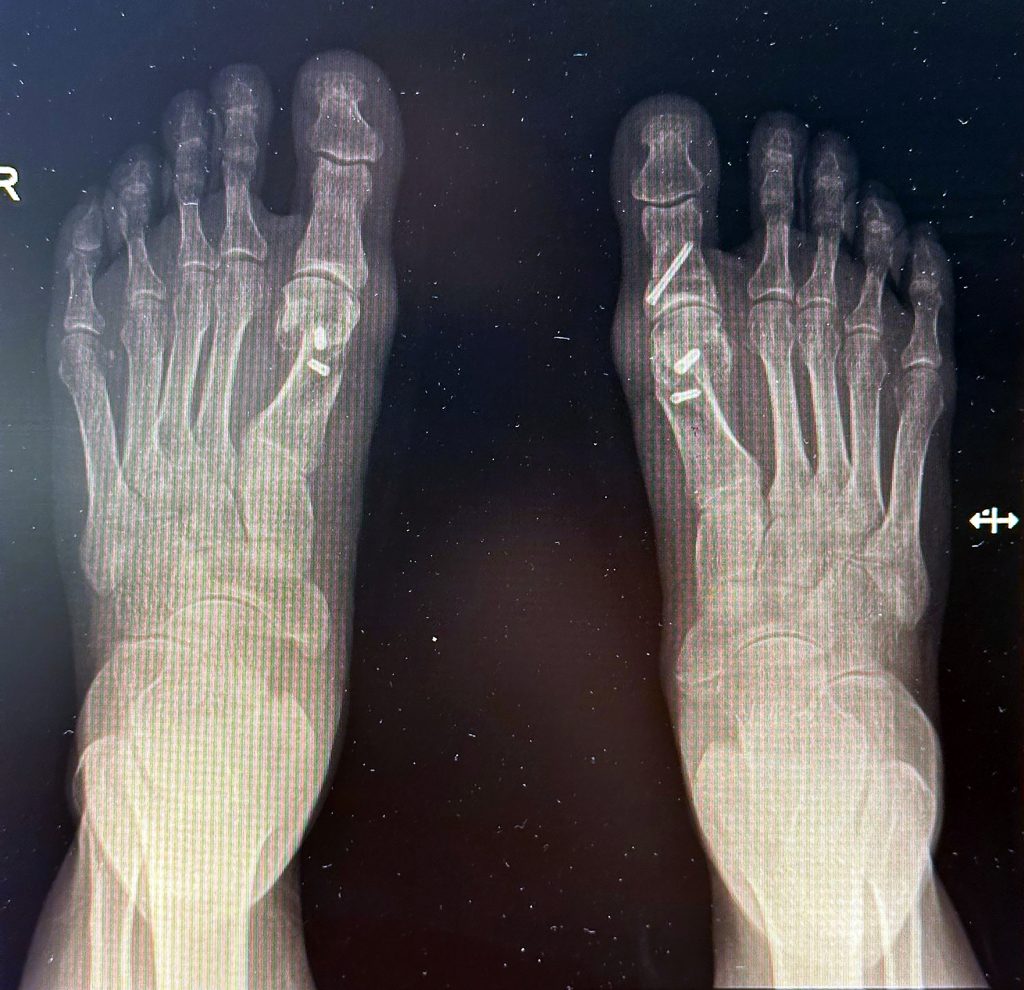
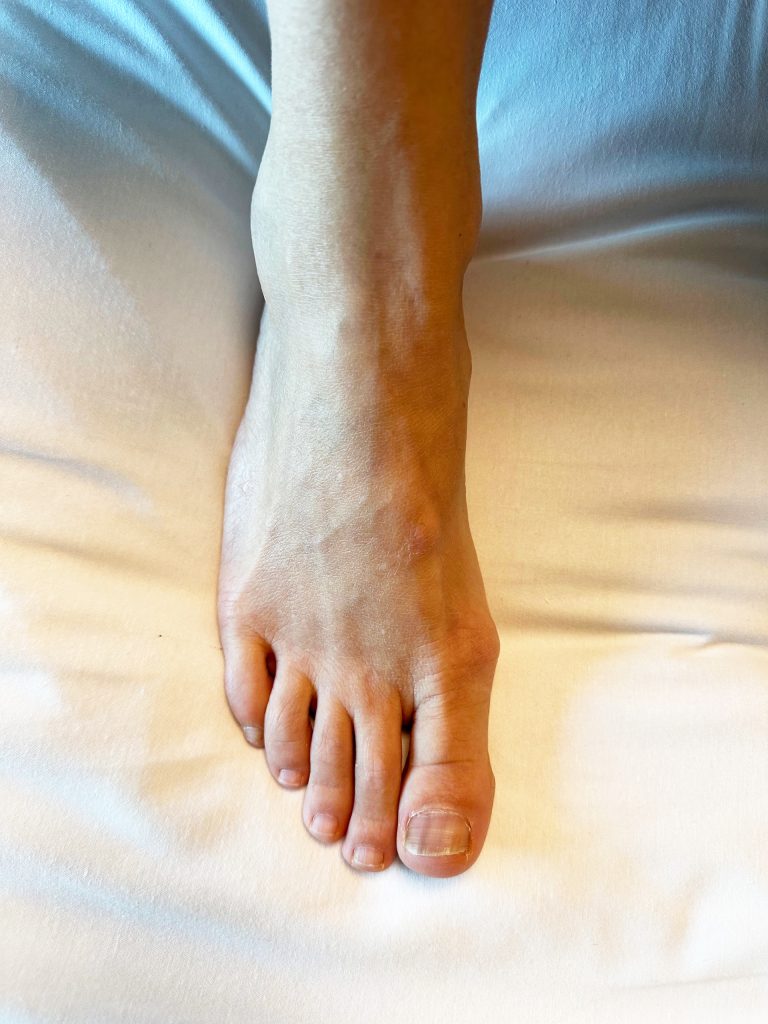

Conclusion:
Early diagnosis and treatment are crucial for effectively managing hallux valgus. If you or a loved one are experiencing symptoms, visit FootPlus Clinic for a comprehensive evaluation and tailored treatment plan. Let us help you walk comfortably again!
Why Choose FootPlus Clinic?
At FootPlus Clinic, our specialized team, led by renowned experts, is committed to providing personalized treatment plans. We use cutting-edge technology and minimally invasive techniques to achieve optimal patient outcomes.
Hallux Valgus FAQ
Popular Questions
You’ve got questions? We’ve got answers
Got More Questions?
We are here to help!
We offer exceptional foot and ankle healthcare services with a focus on providing top quality care.
We would love to schedule an in-person meeting to discuss the form, function, and beauty of your feet.
dial now
+90 (212) 231-8101


